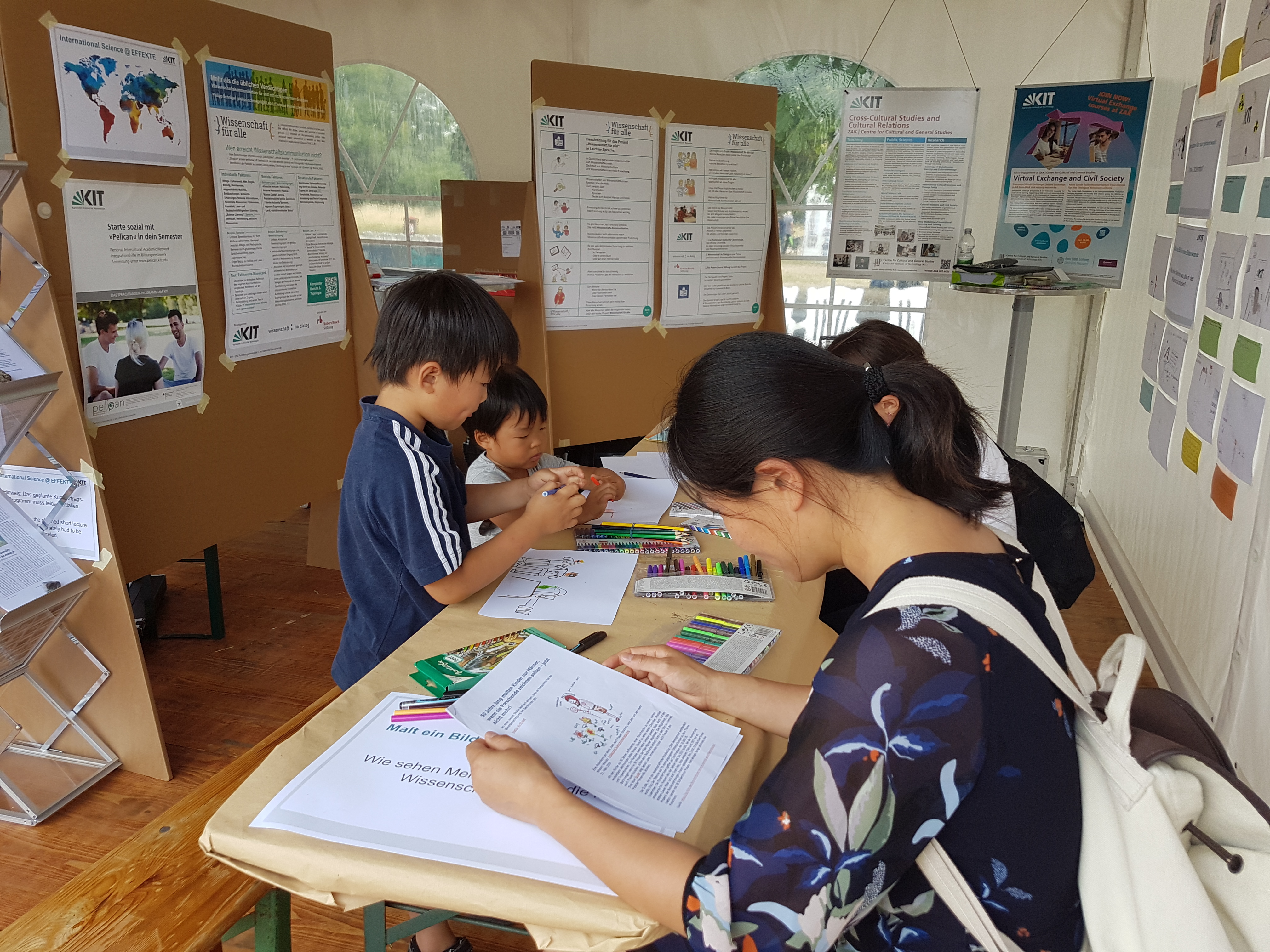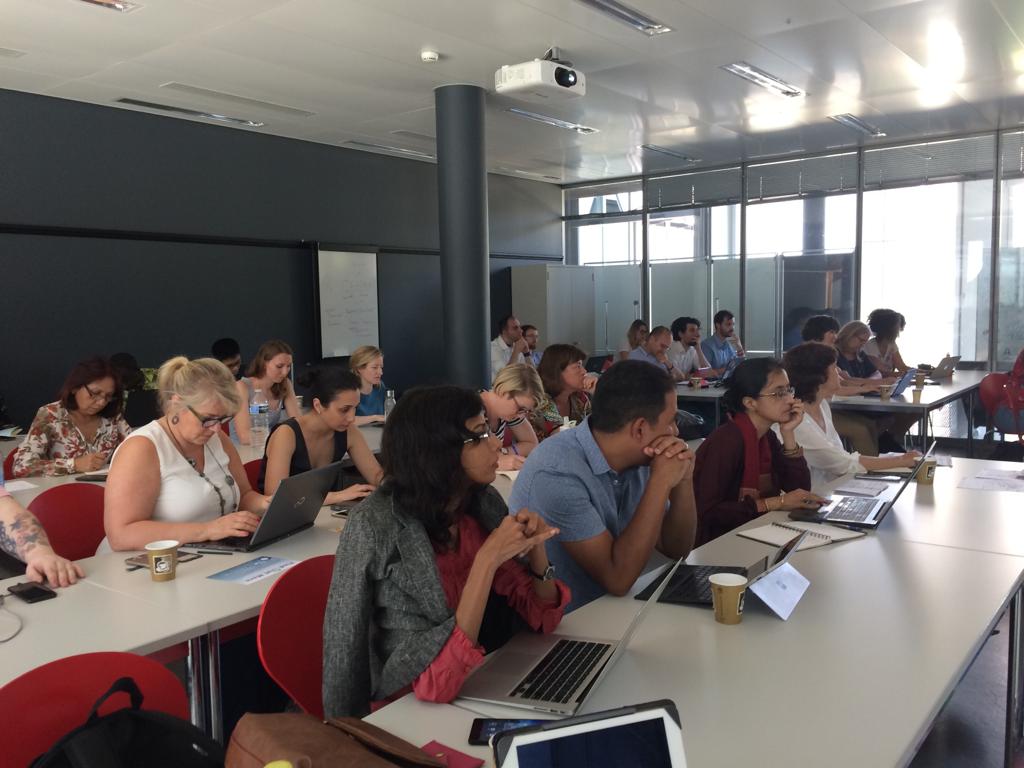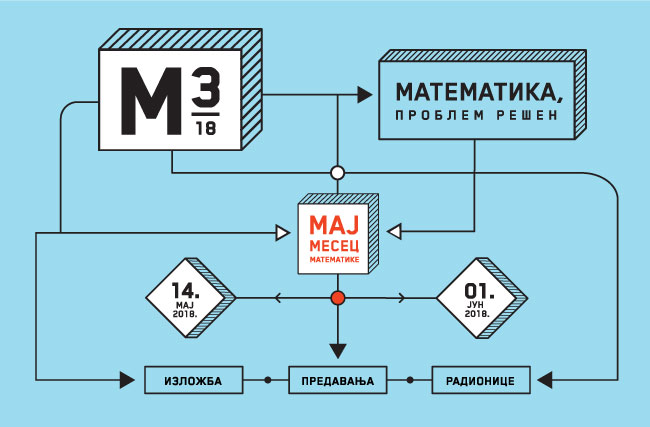By Lucky Dlamini – DST/NRF-SAIAB Communications Intern
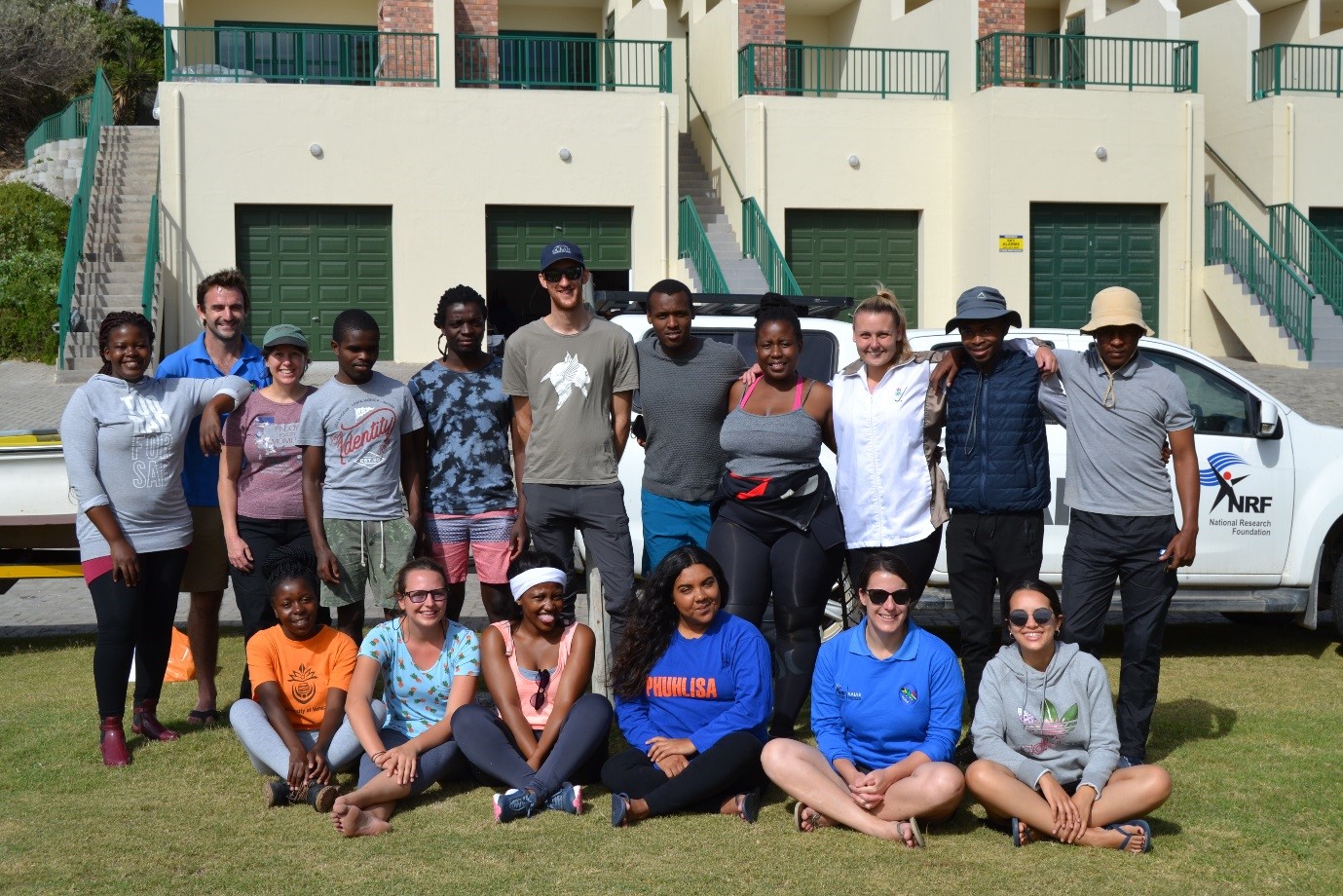
The South African Institute for Aquatic Biodiversity (SAIAB) engaged the next generation of young marine scientists through hosting its second annual Summer School. To drive the Summer School, SAIAB used two of the African Coelacanth Ecosystem Programme’s (ACEP’s) research platforms – the Marine Remote Imagery Platform (Mar-RIP) and the Acoustic Tracking Array Platform (ATAP) – to action science education and to bring Responsible Research and Innovation (RRI) to life at SAIAB.
Mar-RIP aims to provide data on reef fish and invertebrate populations on sub tidal reefs up to depths of 250 meters. The platform keeps a secure, long term database that provides distribution patterns of reef life along the continental shelf of Southern Africa. ATAP is a collaborative marine science programme, which aims to provide a service to the greater marine science community by monitoring the movements and migrations of inshore marine animals.
The Summer School ran from 10 to 13 December 2018 in Port Alfred, Eastern Cape Province. The call for applicants was open to undergraduate and postgraduate students. 10 students from various South African universities were chosen from approximately 60 applicants. The selection also fostered a gender balance as another element of RRI to promote the participation of women in research and ensure gender equality in research teams.
Promoting the RRI principle of engaged research in practice, Dr Anthony Bernard and his Mar-RIP team focused on teaching the students about the baited remote underwater stereo-video (stereo-BRUV) camera systems. The students spent two days in the field, deploying stereo-BRUVS in the rock pools at Kenton on Sea. Camera systems were deployed in various rock pools and left to record for an hour. They were hoping to answer the following questions: 1) Can stereo-BRUVs be used to survey intertidal rock pool fish communities? 2) What is the optimal deployment time for stereo-BRUVs in rock pools? 3) Which bait type attracts the most fish: invertebrate bait vs fish bait and 4) How does stereo-BRUV data compare to that of eDNA data? Once back at the accommodation, the students calibrated cameras and then viewed the video footage to identify and count various fish species. All data was then analysed to answer these questions.
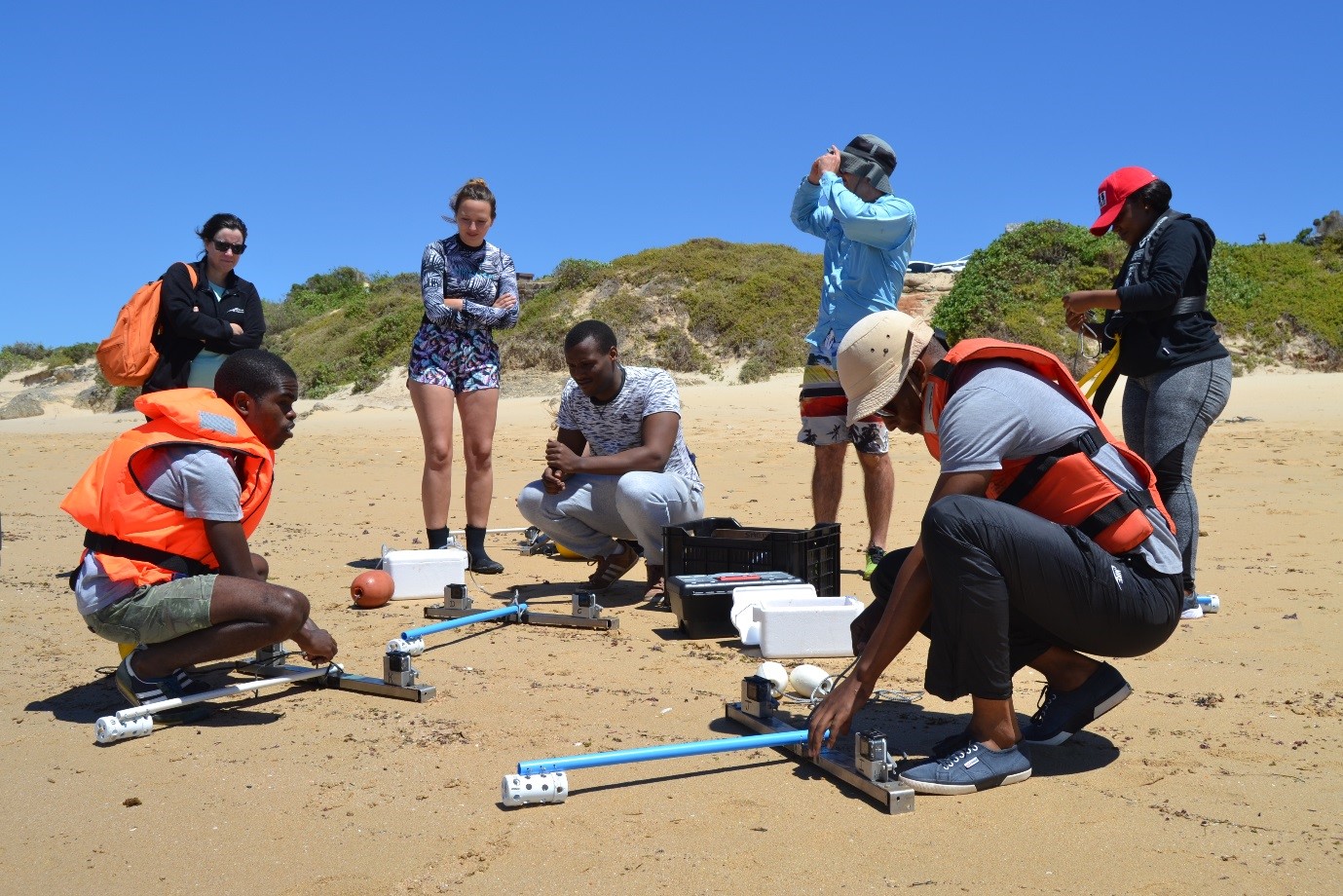
The ATAP team introduced the Summer School attendees to passive acoustic telemetry. Two days of fieldwork on the Kowie Estuary saw the attendees recover some receivers which were deployed earlier on in the year, and conduct a small range test experiment, which involved deploying additional receivers and sentinel tags near the mouth of the estuary. Additionally, attendees pulled a 30 m seine net in order to catch some fish so that transmitter implantation could be demonstrated. Once back at the accommodation, data was downloaded from the receivers and attendees were introduced to data analysis. The acoustic telemetry component was facilitated by the ATAP manager, Prof Paul Cowley, ATAP Instrument Scientist, Dr Taryn Murray and ATAP Instrument Technician, Matthew Parkinson.
The ATAP team focused on acoustic telemetry and the deployment of automated data-logging acoustic receivers that are moored to the ocean’s floor around the South African coastline. This time they deployed the receivers in a selected estuary in Port Alfred to facilitate studies on habitat connectivity of estuarine associated animals. This project was facilitated by the ATAP and ACEP Marine Instrument Technician Matthew Parkinson and ATAP Instrument Scientist Dr Taryn Murray.
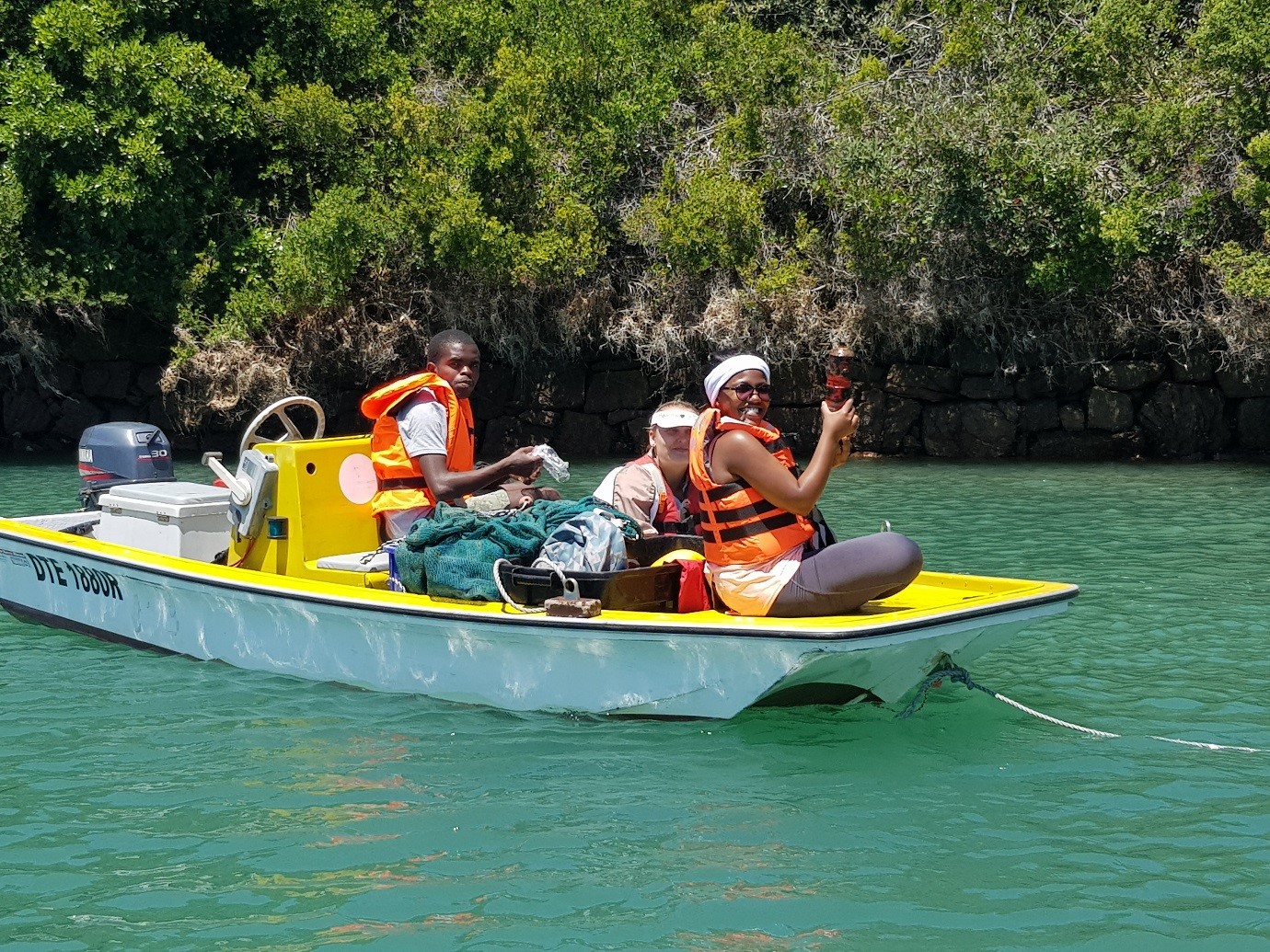
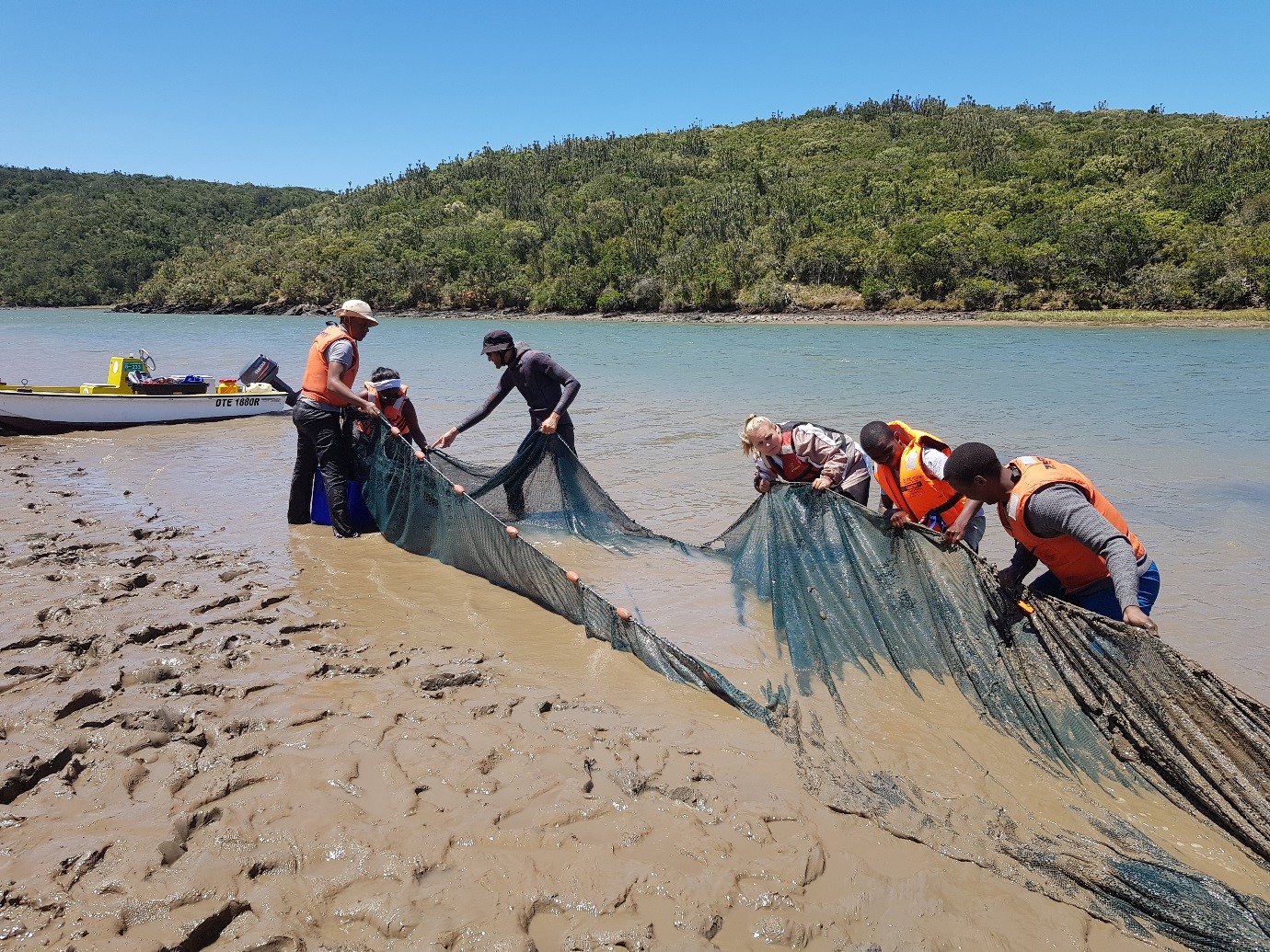
A new component was added to the Summer School in 2018 – environmental DNA, more commonly known as eDNA. This is a relatively new, efficient, non-invasive and easy-to-do methodology involving the collection of cells and DNA (including fish DNA) from the water column which can then be used for biodiversity monitoring. Water collected from the same tidal pool sites used in the BRUV study were filtered and stored for later analysis. The data generated using this eDNA monitoring approach will be correlated with the BRUV monitoring conducted in the tidal pools by the students. Students were also shown how to extract DNA from fish, algae and invertebrate samples, carry out PCR and visualise their results by agarose gel electrophoresis methodologies. This part of the Summer School was facilitated by Dr Gwynneth Matcher, manager of the Aquatic Genomics Research Platform (SAIAB). Despite the extremely busy days filled with fieldwork and genetic techniques, current MSc students Godfrey Padare (telemetry research student from University of Fort Hare) and Vivienne Dames (BRUVs research student from Rhodes University) also gave oral presentations on their theses in the evenings, demonstrating how each technique can be used to answer real research questions.
In making science more receptive, interesting and more creative, the students got an opportunity to work on a mini project based on the stereo-BRUVs and acoustic telemetry research trips. On the final day they presented on the learnings and results from the mini research they conducted. This task aimed at making science more attractive to young people, increase their appetite for innovation and open up further research and innovation activities as they further their studies.
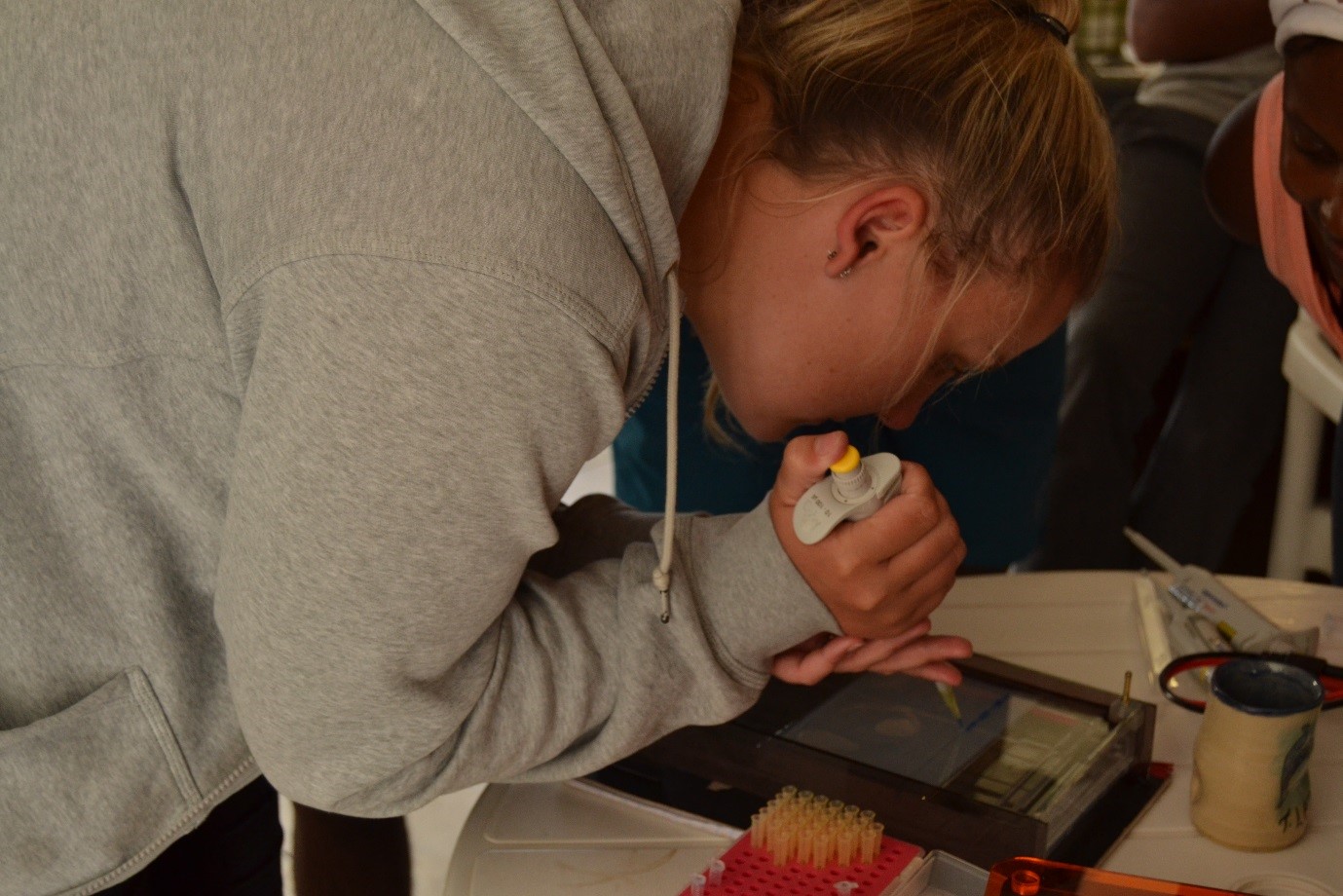
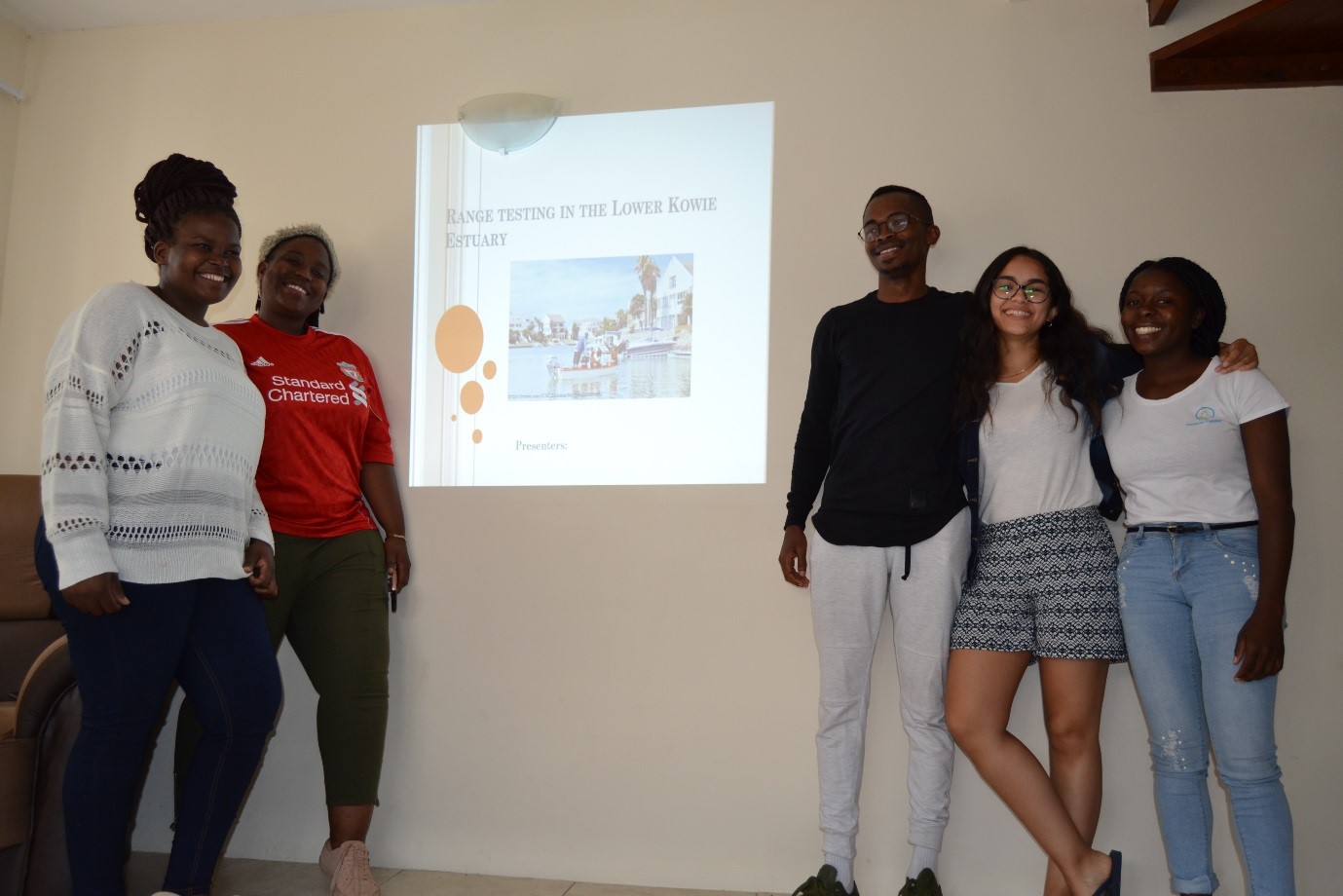
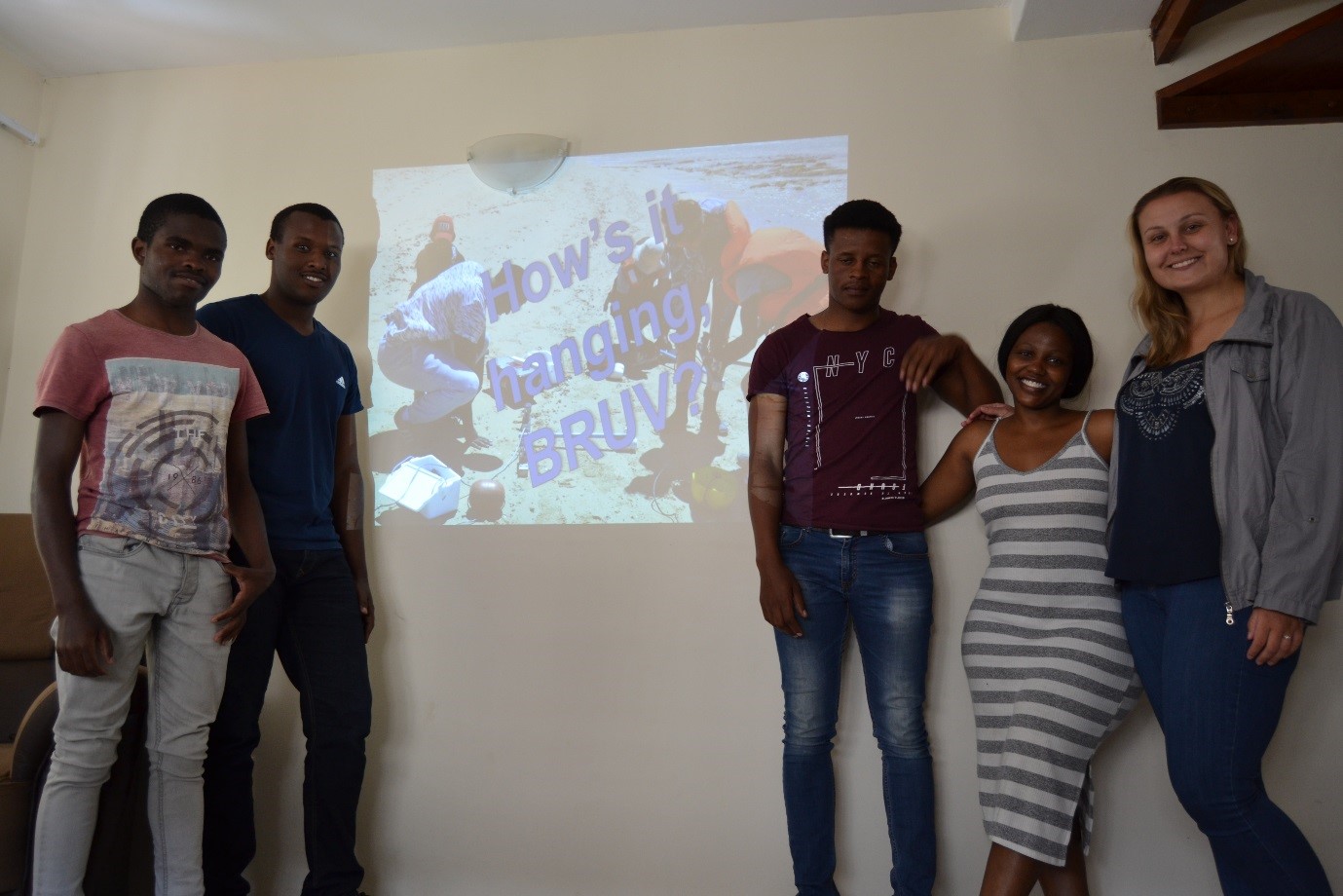
As a means of building Responsible Research and Innovation into a cohesive long-term strategy at SAIAB, the Summer School aims to attract, inspire and produce a representative generation of future marine scientists and resource managers which reflects the diverse demography of South Africa. The students left inspired, informed and challenged to grow in these innovative fields of aquatic science. Overall, the 2nd annual SAIAB Summer School was extremely well received and we look forward to hosting the 3rd instalment at the end of 2019.
